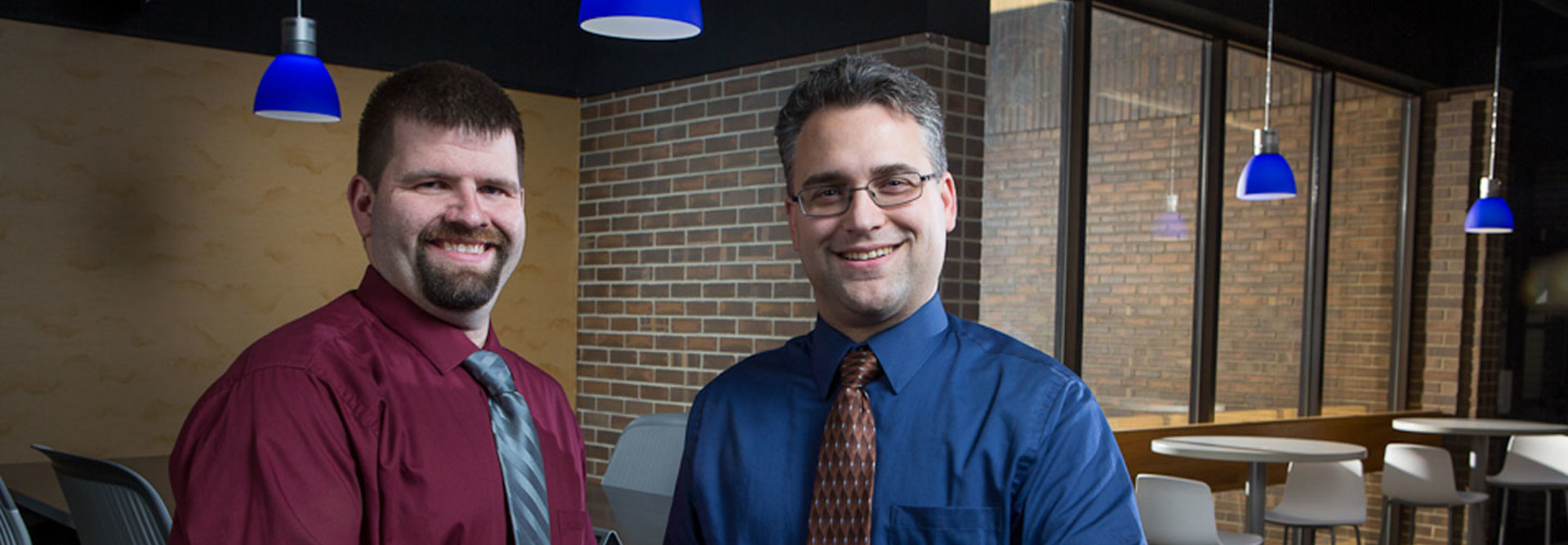Schools Capitalize on Latest Innovations in Flash Storage
Sometimes schools have to think small to achieve big results, as the IT team at Michigan’s Jackson County Intermediate School District learned when it upgraded its storage infrastructure last summer.
The group provides central IT services to a consortium of 22 school districts, with about 30,000 students, in Jackson and a nearby county. Because of growing demand for digital services, the 200 shared servers were becoming “very input/output-hungry,” says Ben Muscott, IS manager. So, he and his team replaced a large number of legacy spinning-disk drives with all-flash Dell SC9000 storage arrays packed with svelte, 2.5-inch, 3.84-terabyte solid-state drives.
“We wanted to capitalize on the higher performance of SSDs, and now speed is no longer a concern,” he says.
The new arrays also enabled the IT team to shrink its storage footprint and rack space requirements in a data center that is running out of physical room.
“If someone wanted me to add another rack, I don’t think I could do it without expanding the room,” Muscott says. “Being able to reclaim space was definitely a benefit.”
SSDs Continue to Evolve
IT leaders like Muscott will have even better options for gaining higher capacity in smaller form factors in the months ahead. Coming to market are 3.5-inch drives with capacities of 32TB and 64TB. Some vendors are also breaking capacity thresholds for 2.5-inch drives, including Samsung, which recently showed a 32TB drive in that form factor.
As drive capacities reach higher levels, schools can run multiple workloads using fewer SSDs, while delivering substantially faster performance than when workloads are spread across dozens of smaller hard drives, says Scott Sinclair, senior analyst at the Enterprise Strategy Group.
“When the IT staff doesn’t have to spend as much time managing and maintaining large numbers of devices, it frees them to work on more strategic activities, such as developing new applications or services,” he says.

Higher capacities aren’t the only significant trend occurring in SSD development. Sinclair says prices for the technology continue to decline, with the cost per gigabyte on par or below that of high-performance spinning-disk drives.
“Many organizations are finding that the cost of all-flash arrays is helping them eliminate the risk of seeing important applications slowing down because of storage-related delays in getting the data they need,” he says. “Organizations can just invest in all-flash and not have to worry about that problem anymore.”
He adds that the management software embedded in all-flash storage arrays is becoming smarter about how it writes data to the drives. Wear leveling, for example, spreads data across a variety of sectors, extending the reliability and life of SSDs.
School Districts See Clear ROI in SSDs
Jackson County is cashing in on SSD innovations. In the past, the IT staff had to overprovision its spinning-disk capacity to reach the required level of performance needed by the consortium. Now that overprovisioning isn’t required, “we reduced our raw storage capacity needs by about 20TB,” says Chris Kuntz, lead engineer.
The move to all-flash arrays also gave the district modern data compression and deduplication capabilities. The staff now can access 150TB of usable storage after investing in only about 80TB of raw capacity.

The district is reaping other rewards too: “Now that we’ve satisfied our requirement for higher IOPS, we have the flexibility to address other district needs, such as one-to-one computing initiatives or perhaps a move to virtual desktop infrastructure,” Kuntz says. He adds that the ongoing maintenance costs for the all-flash arrays are significantly lower than with spinning disks due to the lower failure rates of the SSDs.
“We estimate a four-year ROI for the new arrays since we’re paying less for support contracts,” Kuntz says.
Higher capacity all-flash SANs with compact drives will remain an important consideration in future upgrades.
“I can almost guarantee smaller form factors will be a consideration,” Muscott says. “Something tells me I’m not going to have the physical space we recently opened up for long — nature and technology abhor a vacuum.”









